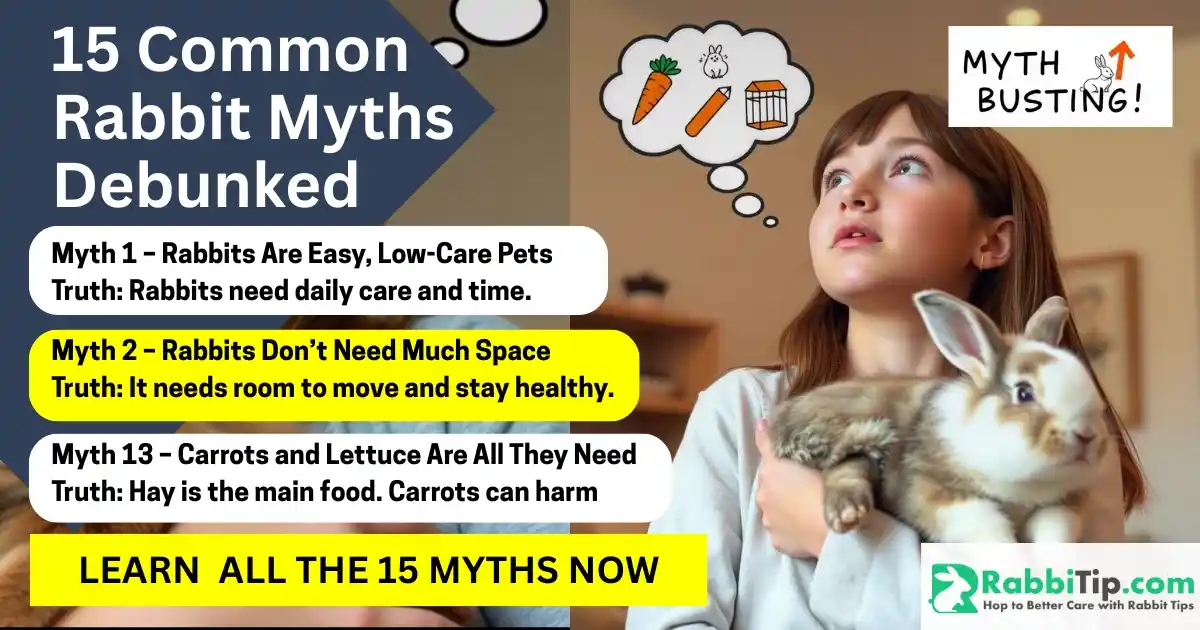Rabbit myths spread fast. Social media posts and old advice often give wrong info. These myths harm many pet rabbits.
Many new bunny owners in the U.S. believe wrong ideas. They think rabbits are easy pets, love carrots, or do fine in tiny cages. The truth? Rabbits are smart animals. They need special care and attention.
This guide breaks down 15 common Rabbit myths. You’ll get real facts from vets and rabbit experts. Help your bunny live a happy, healthy life by knowing the truth.
Don’t let rabbit myths harm your pet—learn the truth and give your bunny the care it truly needs.
Why It Matters: The Danger of Believing Rabbit Myths
Misinformation about rabbits isn’t just annoying—it can lead to real harm. Many pet owners follow outdated or false advice. They may keep rabbits in cages too small, feed them the wrong food, or miss health warning signs. These mistakes often come from myths passed through social media or hearsay.
The American Veterinary Medical Association (AVMA) warns that “rabbits require specialized care and housing that many first-time pet owners underestimate.“
Believing in rabbit myths leads to neglect, illness, or even early death. A well-meaning owner may think they’re doing the right thing—when in fact, the rabbit suffers.
That’s why debunking these myths is vital. When you know the truth, you make better choices for your pet’s health and happiness.
📚 Learn more from our full Bunny Care Sheet & Free PDF download section.
Rabbit Myth vs. Reality
| Myth | The Truth | Risk of Believing |
|---|---|---|
| 1. Rabbits Are Easy, Low-Care Pets | They require daily care, space, and mental stimulation | Neglect, poor health |
| 2. Rabbits Don’t Need Much Space | Rabbits need space to hop, stretch, and explore | Muscle atrophy, behavioral issues |
| 3. Rabbits Don’t Need Vet Visits | Annual checkups are vital to catch dental or health issues | Undetected dental disease Costly emergency treatments Shortened rabbit lifespan |
| 4. Rabbits Don’t Bond with People | They can form deep emotional bonds with consistent care | Missed opportunity for connection |
| 5. Rabbits Only Live a Few Years | Rabbits can live 8–12 years, or more. | Premature neglect, Poor long-term planning, Unexpected care costs, Abandonment risk |
| 6. Rabbits love to be held and cuddled | Most rabbits dislike being held; they feel safer on the ground | Causes stress, fear, and potential injury |
| 7. Rabbits Like Being Alone | Rabbits are social animals and often do better in bonded pairs | Loneliness, depression |
| 8. Rabbits Are Great for Young Kids | They’re delicate and can get injured or stressed by rough handling | Injuries to rabbit or child |
| 9. Spaying/Neutering Isn’t Needed | Fixing rabbits reduces aggression, spraying, and health risks | Unwanted behaviors, reproductive cancers |
| 10. All Rabbits Act the Same | Every rabbit is different. | If not managed properly, it can lead to destructive behavior and stress. |
| 11. Rabbits Can Live with Guinea Pigs | Rabbits and guinea pigs should not live together. | Diet issue, Sleep Issue |
| 12. Outdoor Hutches Are Safe | Outside is risky and shortens life. | Rabbit life Risks, Fear health issue |
| 13. Carrots and Lettuce Are All They Need | Carrots are high in sugar and should only be occasional treats | Obesity, digestive issues |
| 14. Rabbits Don’t Get Bored | Rabbits get bored and need mental fun. | Chronic stress Destructive behavior Depression Stereotypic behaviors (like bar biting or pacing) |
| 15. Rabbits Can Eat Only Pellets | Hay should make up 80–90% of their diet | Dental disease, GI stasis |
Top 15 Common Rabbit Myths You Probably Believe
Myth 1 – Rabbits Are Easy, Low-Care Pets
Truth: Rabbits need daily care and time.
Many stores sell rabbits as “starter pets.” But rabbits need 2–3 hours of care each day. You must give hay, clean water, and measured pellets. Clean their litter daily. Give them room to play.
Rabbits hide signs of illness. Daily checks help spot problems early. Look for changes in eating, bathroom habits, or energy.

Daily Rabbit Care Includes:
- Refill timothy hay (unlimited)
- Clean litter box
- Measure pellets (1/4 cup per 5 lbs)
- Wash veggies
- Watch playtime (3 hours+)
- Check health and bond
Risk of Believing
- Neglect
- poor health
Myth 2 – Rabbits Don’t Need Much Space
Truth: Rabbits need room to move and stay healthy.
Tiny cages make rabbits sad, bored, and weak. In the wild, rabbits move all day. Pet rabbits still need space to hop and play.
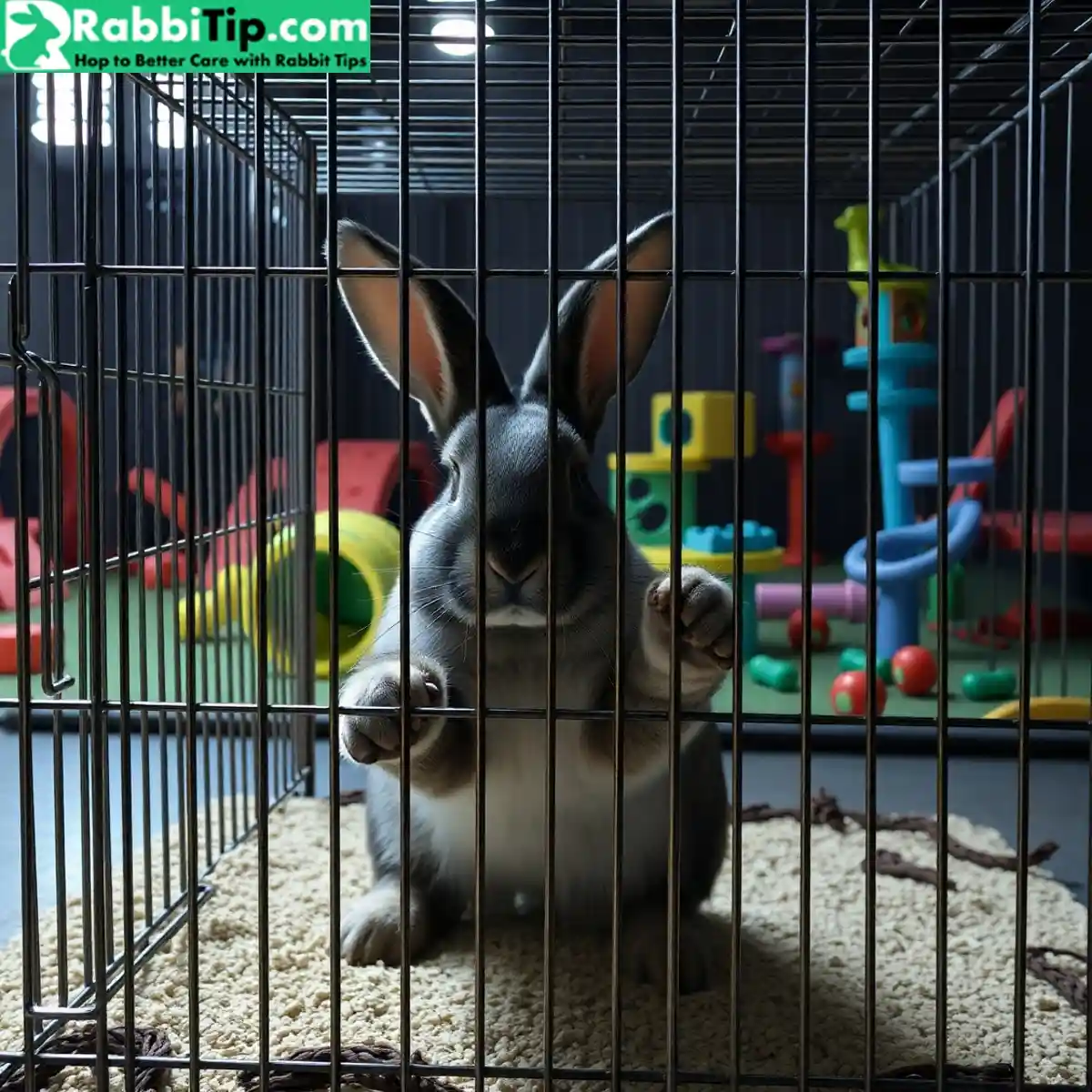
Minimum Space:
- One rabbit: 8 sq ft cage + 24 sq ft play area
- Two rabbits: 12 sq ft cage + 48 sq ft play area
- Cage height: 36 inches
Free-roaming indoors is best. Block wires, remove toxic plants, and keep the space safe. Use x-pens for flexible setups. Add tunnels, boxes, and toys.
Risk of Believing
- Muscle atrophy
- behavioral issues
Myth 3 – Rabbits Don’t Need Vet Visits
Truth: Vets catch problems early.
Rabbits hide sickness. Yearly checkups help spot issues before they get worse. Exotic vets know what to look for.
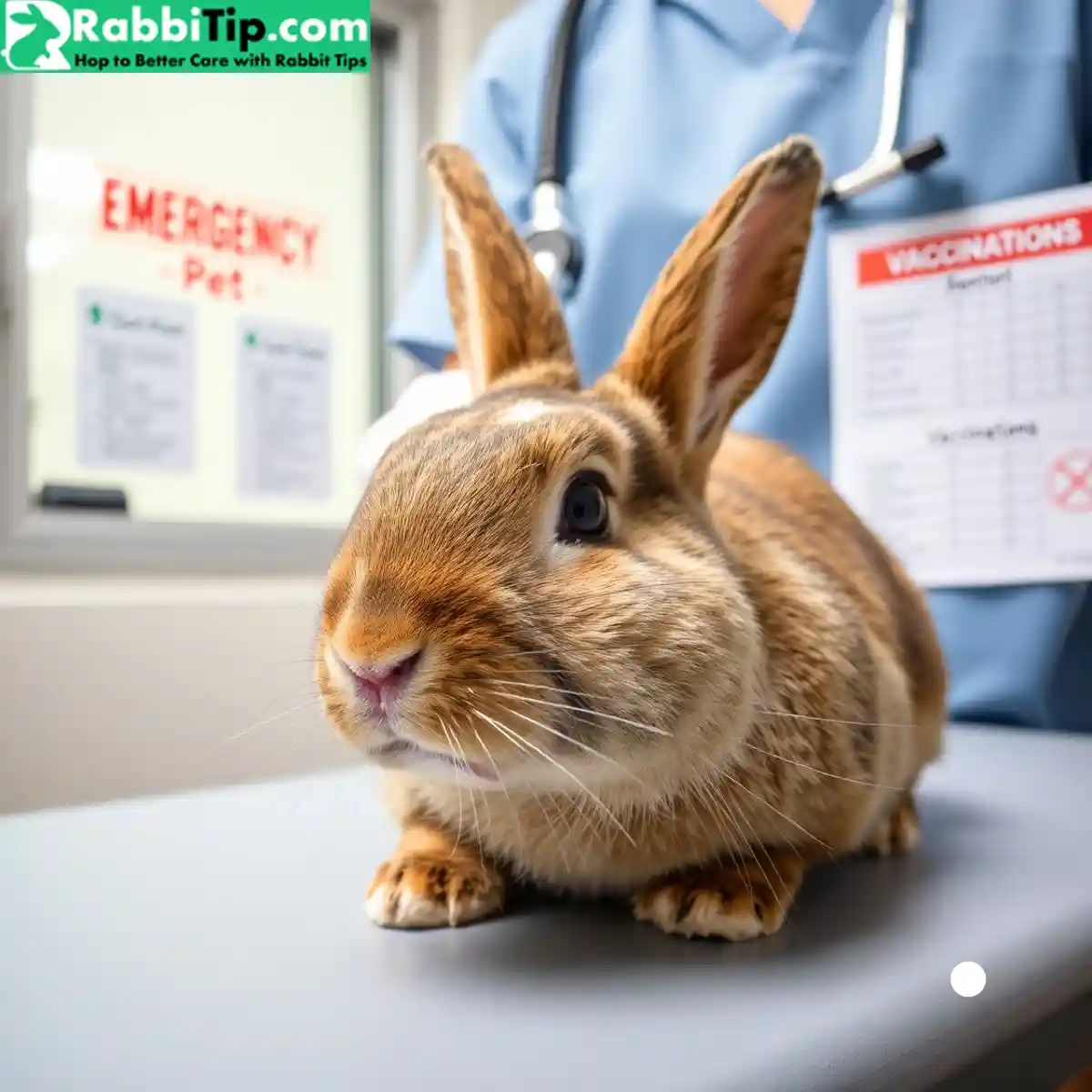
Common Health Problems:
- Digestive blocks
- Tooth trouble
- Snuffles (respiratory)
- Parasites
- Urine issues
The common rabbit diseases guide details warning signs needing immediate attention. Checkups cost less than emergencies. Find a vet before there’s a crisis.
Risk of Believing
- Undetected dental disease
- Costly emergency treatments
- Shortened rabbit lifespan
Myth 4 – Rabbits Don’t Bond with People
Truth: Rabbits can love you deeply.
They may not show love like dogs, but they bond in their own way. It takes time and care.

Signs Your Bunny Loves You:
- Follows you
- Licks your hand
- Nudges for pets
- Sits near you
- Comes when called
Go slow. Let them come to you. Use treats and kind words. Respect their space.
Risk of Believing
- Missed opportunity for connection
Myth 5 – Rabbits Only Live a Few Years
Truth: Rabbits can live 8–12 years, or more.
Some people think rabbits are short-term pets. But with good care, they live as long as dogs or cats. Some live up to 15 years.
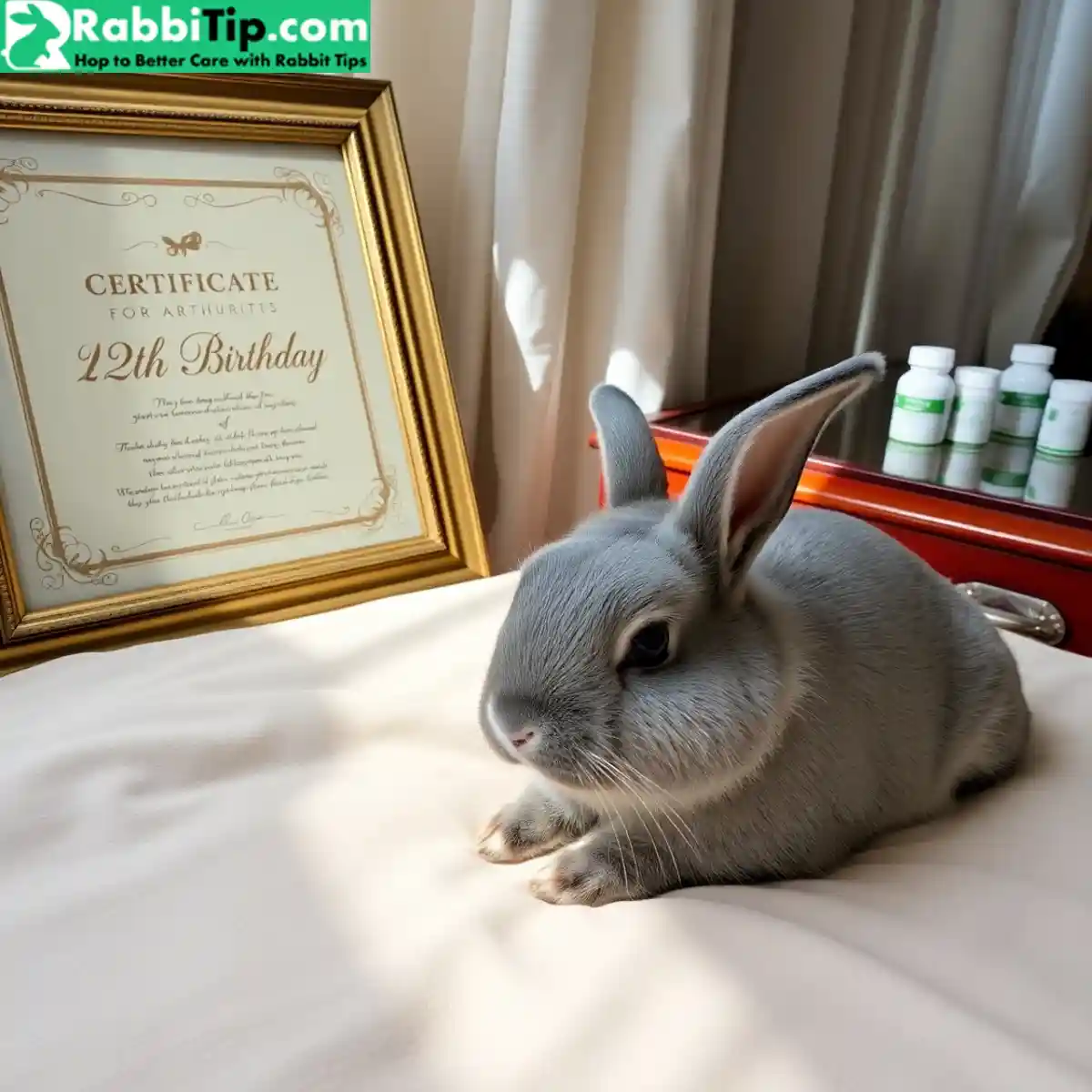
Things That Help Rabbits Live Longer:
- Indoor living
- Spaying or neutering
- Regular vet visits
- Healthy diet
- Safe, low-stress home
Outdoor rabbits face danger from weather, illness, and predators. Indoor rabbits stay safer and live longer.
Risk of Believing
- Premature neglect
- Poor long-term planning
- Unexpected care costs
- Abandonment risk
Myth 6 – Rabbits Love to Be Held
Truth: Most rabbits fear being picked up.
Books show kids hugging rabbits. But rabbits are prey animals. Being lifted feels scary. Some rabbits break their own backs trying to escape.

Safe Handling Tips:
- Sit on the floor with them
- Let them come to you
- Pet their head and ears
- Move slowly
- Only lift when needed, support fully
Rabbits show love by sitting near you, nudging, or licking. Most prefer ground-level time over being held.
Risk of Believing
- Causes stress,
- fear, and
- potential injury
Myth 7 – Rabbits Like Being Alone
Truth: Rabbits need a friend.
Lone rabbits get bored and sad. They may chew, overgroom, or stop eating. In the wild, rabbits live in groups.

Signs of Lonely Rabbits:
- Chewing or digging too much
- Aggressive to people
- Not eating or playing
- Bald spots from grooming
A bonded pair plays, eats, and grooms each other. Bonding takes time but makes rabbits happier.
Risk of Believing
- Loneliness,
- Depression
Myth 8 – Rabbits Are Great for Young Kids
Truth: Rabbits need gentle care that kids can’t always give.
Rabbits don’t like loud sounds or rough handling. Young kids want to cuddle, but rabbits prefer slow bonding.
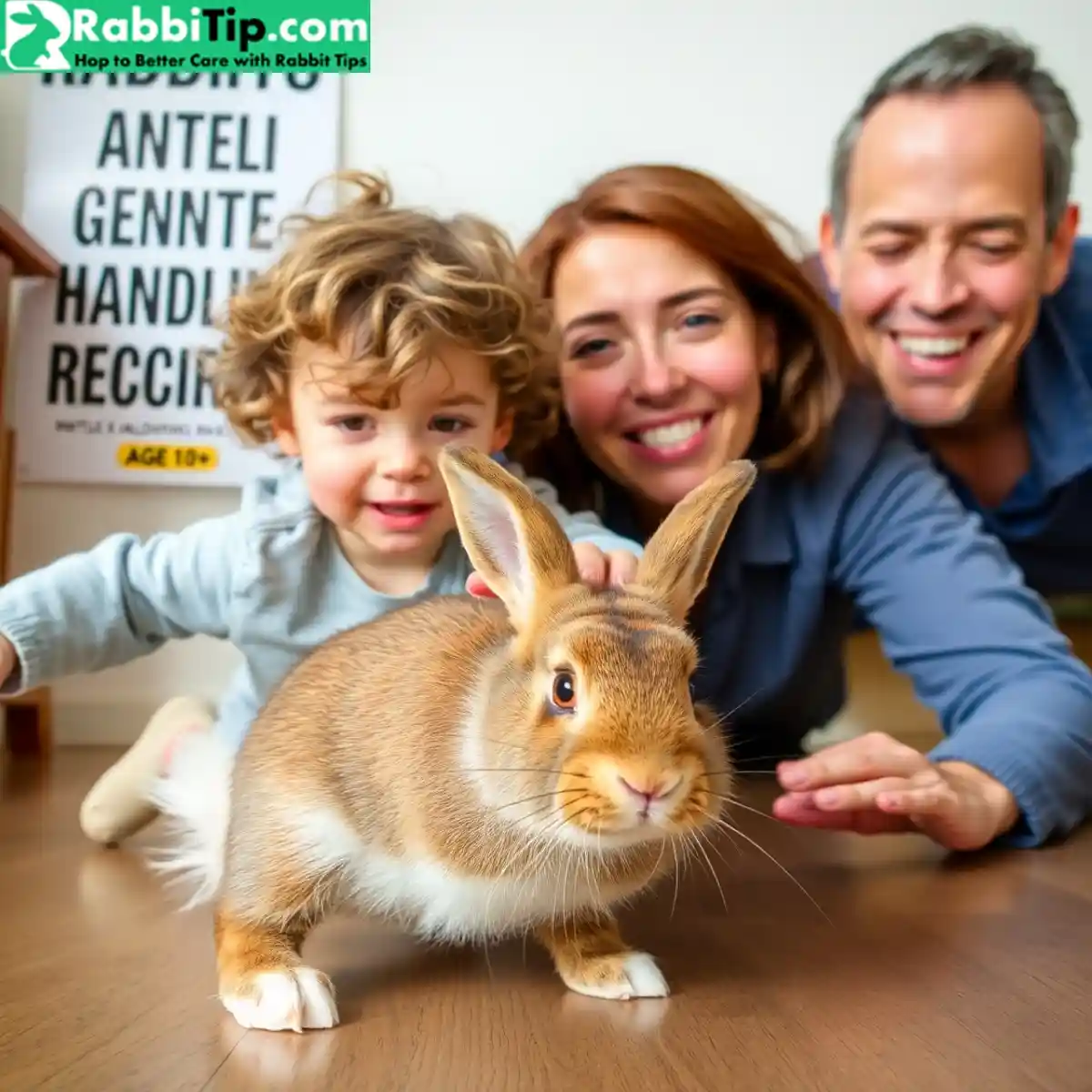
What Kids Can Do:
- Ages 5–8: Feed with help
- Ages 9–12: Simple tasks with adults
- Ages 13+: Can help more, but still need guidance
Parents must handle vet visits and big tasks. Rabbits need calm homes with routine.
Risk of Believing
- Injuries to rabbit
- Injuries to child
Myth 9 – Spaying/Neutering Isn’t Needed
Truth: It prevents health issues and behavior problems.
Unfixed rabbits can get cancer or act aggressive. Spayed and neutered rabbits live longer and get along better.
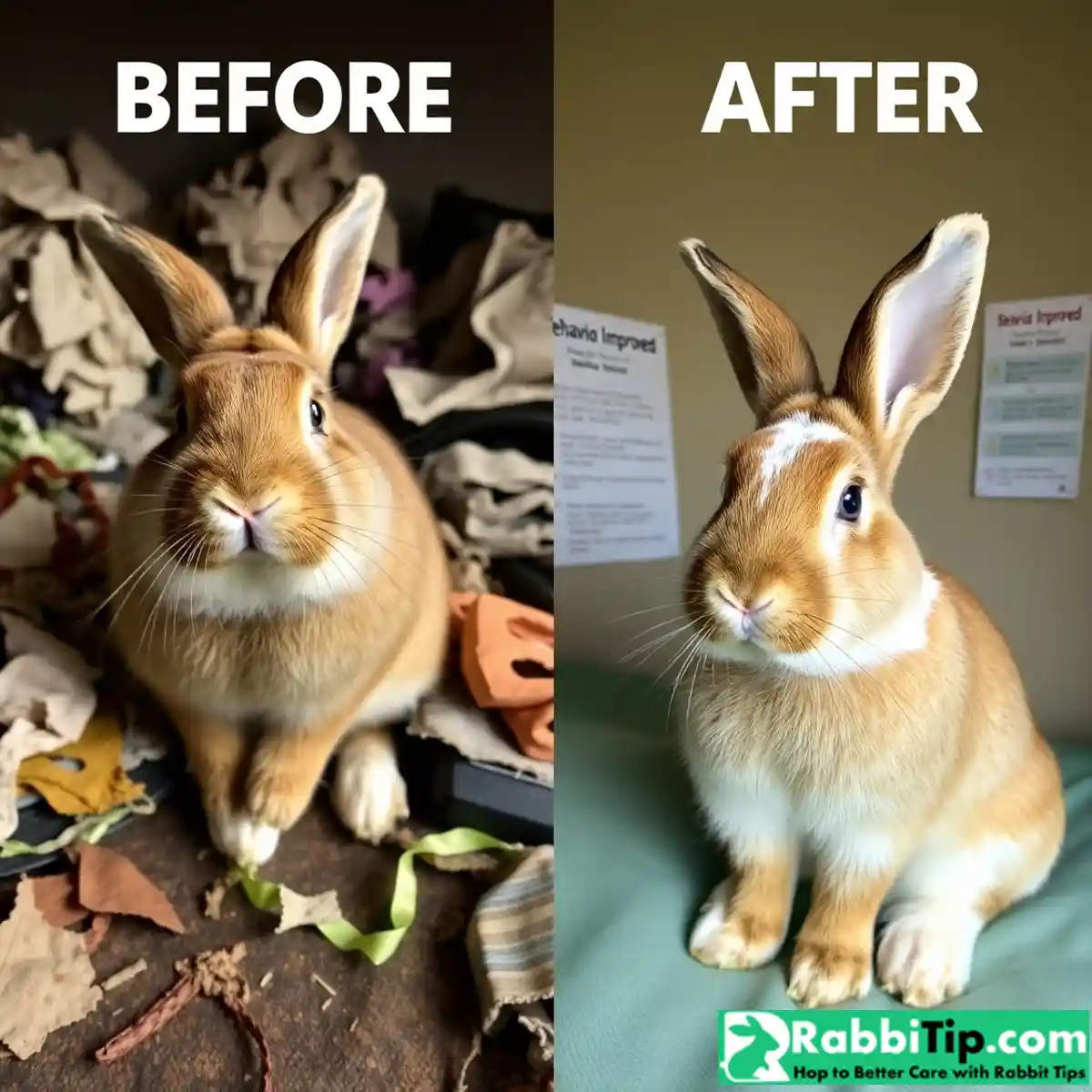
Benefits:
- Lowers cancer risk
- Less aggression
- Better bonding
- No surprise babies
- Longer life (2–4 years more)
Use an exotic vet who knows rabbit surgery. Healing takes about two weeks.
Risk of Believing
- Unwanted behaviors,
- Reproductive cancers
Myth 10 – All Rabbits Act the Same
Truth: Every rabbit is different.
Like people, rabbits have unique likes, fears, and moods. Breed plays a role, but so does each rabbit’s past.
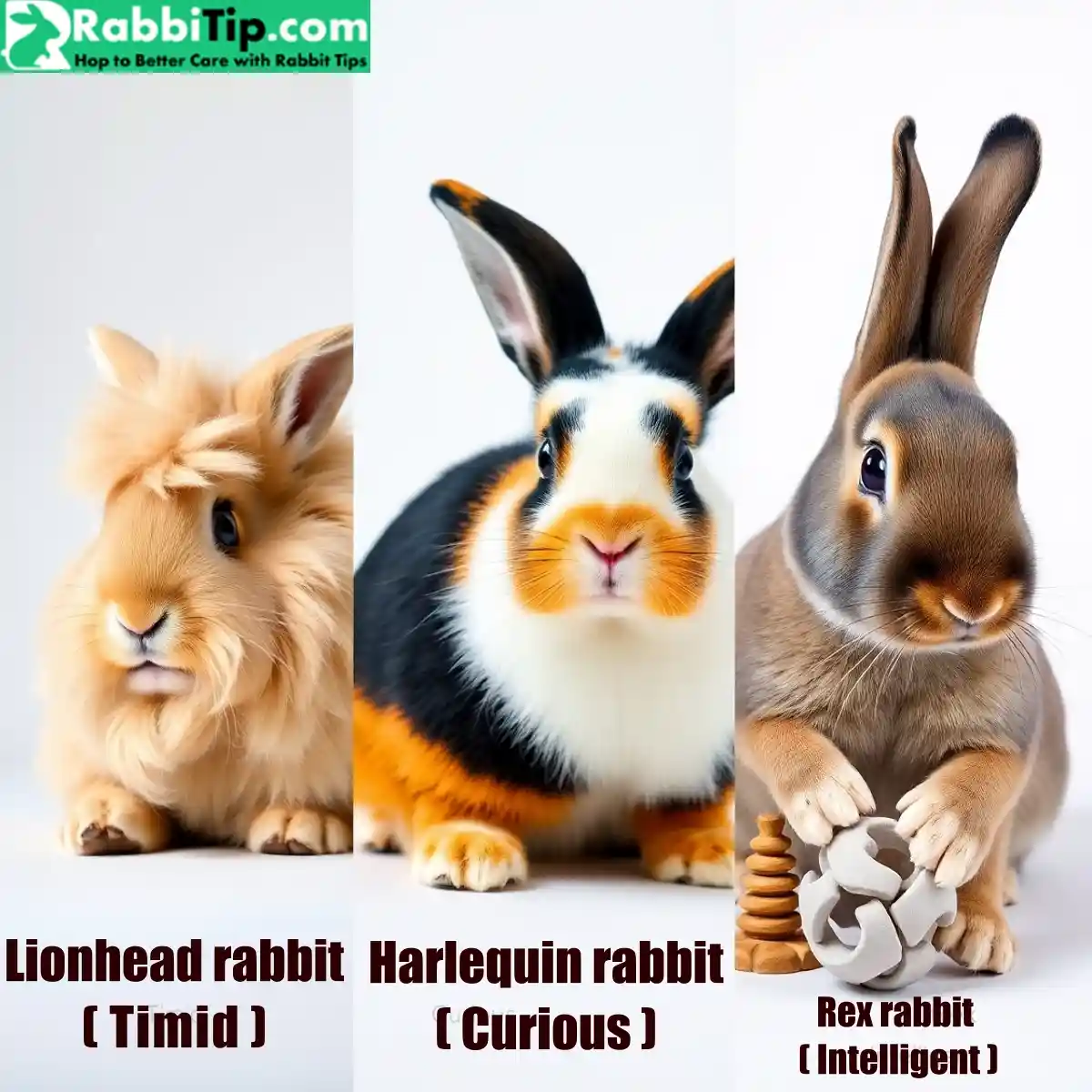
Examples:
- Holland Lops: calm
- Netherland Dwarfs: energetic
- Flemish Giants: gentle
Watch your rabbit. Learn what makes them happy. Respect their needs.
Risk of Believing
- destructive behavior
- Long term stress.
Myth 11 – Rabbits Can Live with Guinea Pigs
Truth: Rabbits and guinea pigs should not live together.
They need different food, speak in different ways, and can hurt each other. Rabbits carry bacteria that make guinea pigs sick.
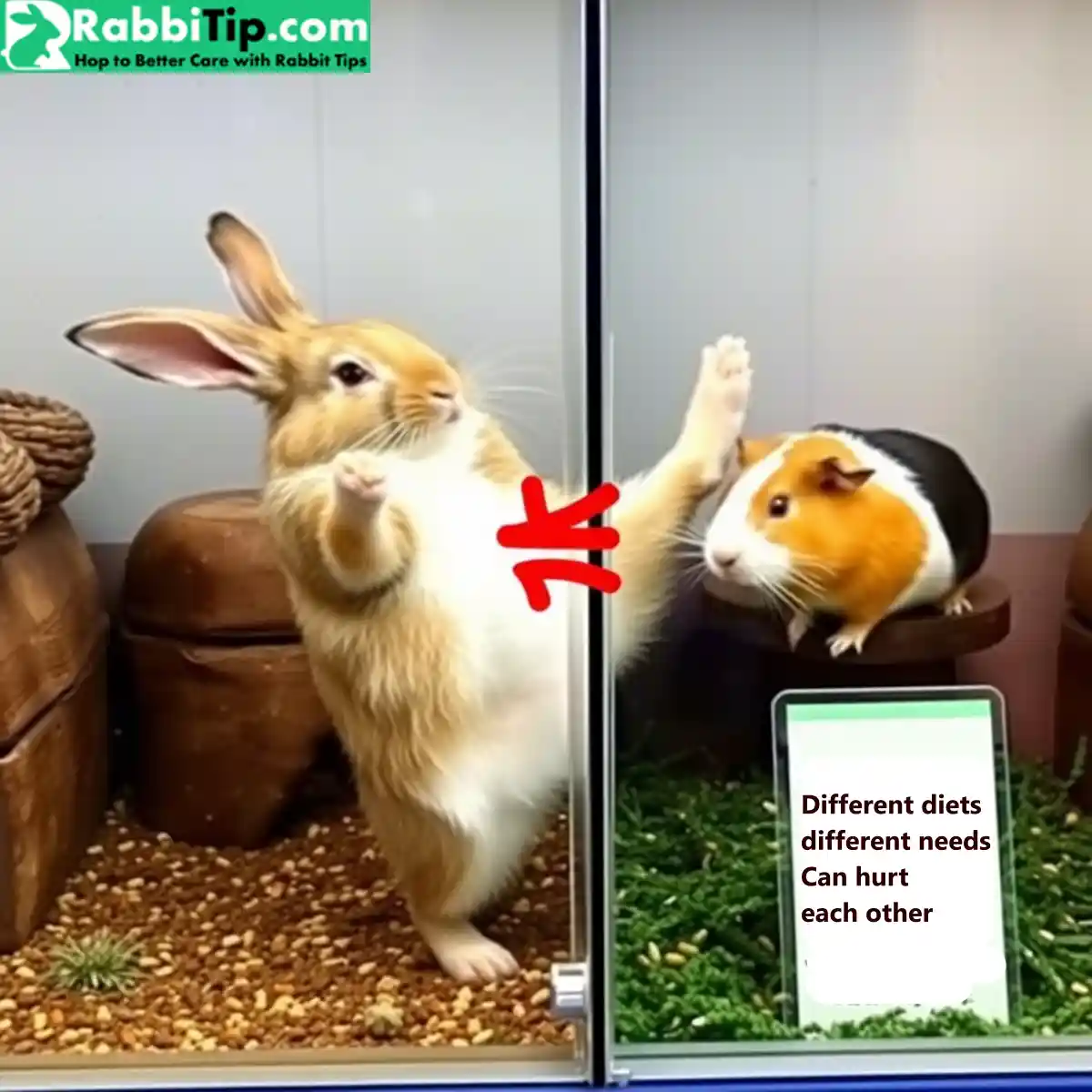
Why They Don’t Mix:
- Different diets
- Different sleep times
- Rabbits may step on smaller pigs
Keep them apart. Each does better with their own kind.
Risk of Believing
- Diet issue,
- Sleep Issue
- Can hurt each other
Myth 12 – Outdoor Hutches Are Safe
Truth: Outside is risky and shortens life.
Predators, heat, cold, and bugs make outdoor life dangerous. Even if a predator can’t get in, rabbits may die from fear.
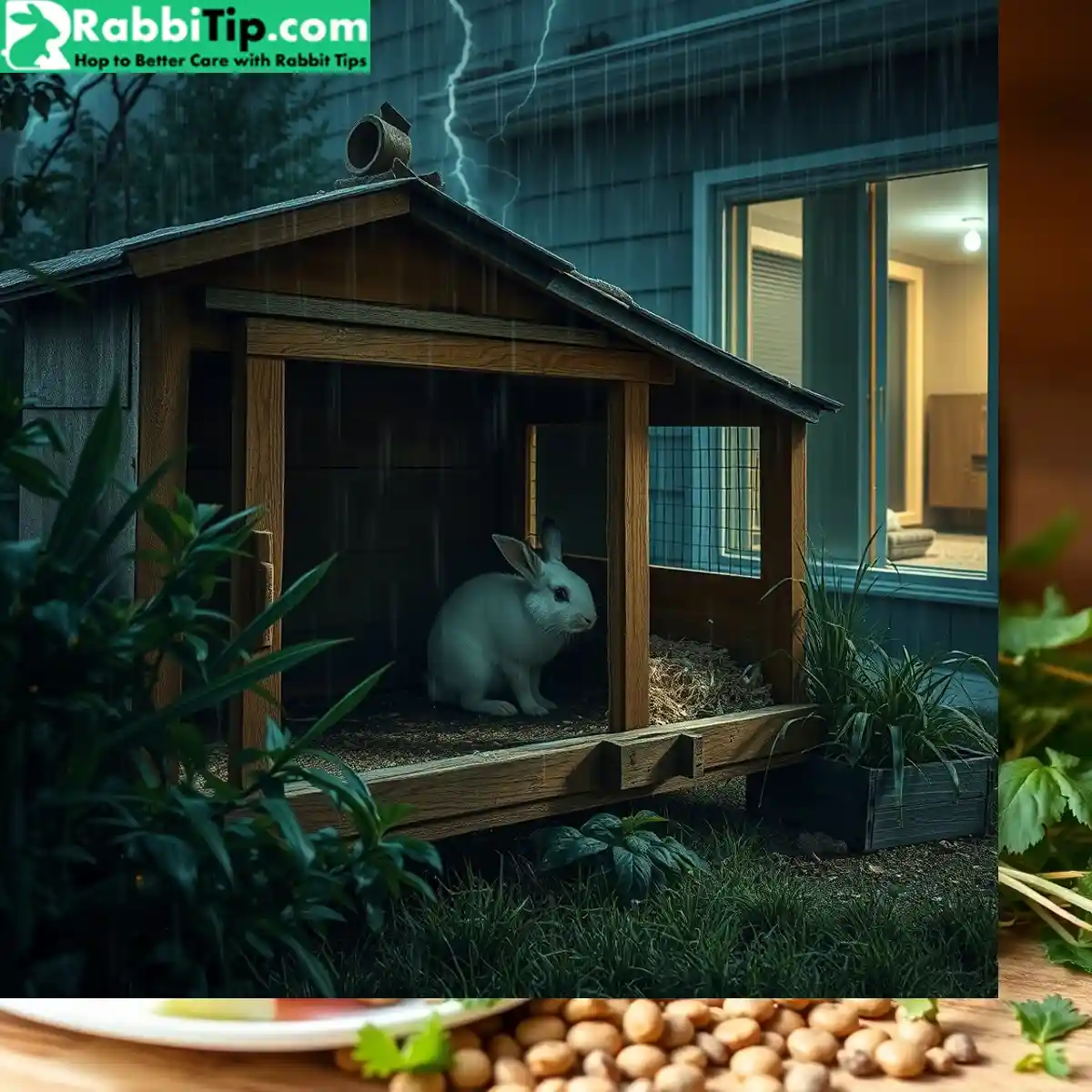
Outdoor Dangers:
- Attacks by foxes, cats, hawks
- Heat stroke (above 80°F)
- Cold stress (below 50°F)
- Fewer health checks
Indoor rabbits live longer, healthier lives. Use pens or bunny-proof rooms. The wooden rabbit hutch guide explains safer indoor alternatives. Indoor rabbits live longer, healthier lives with stronger human bonds.
Outside Hutches is risky. Outdoor rabbits face many dangers, including natural predators. Learn what eats rabbits and why it matters for your bunny’s safety.
Risk of Believing
- Rabbit life Risks,
- Fear health issue
- Shortens life
Myth 13 – Carrots and Lettuce Are All They Need
Truth: Hay is the main food. Carrots and lettuce can harm.
Cartoons spread the carrot myth. But carrots are full of sugar. Iceberg lettuce has no nutrients and can cause tummy problems.

Healthy Diet:
- Timothy hay: 85% of daily food
- Pellets: 1/4 cup per 5 lbs
- Veggies: 2 cups per 6 lbs
- Treats: Under 1 tbsp per day
The rabbit diet guide explains safe vegetable choices. Choose dark greens like romaine, parsley, and cilantro. Add new foods slowly. Hay keeps the tummy working right and prevents illness.
Risk of Believing
- Obesity
- Digestive issues
Myth 14 – Rabbits Don’t Get Bored
Truth: Rabbits get bored and need mental fun.
Bored rabbits dig, chew, or act mean. They need play and puzzles to stay happy.
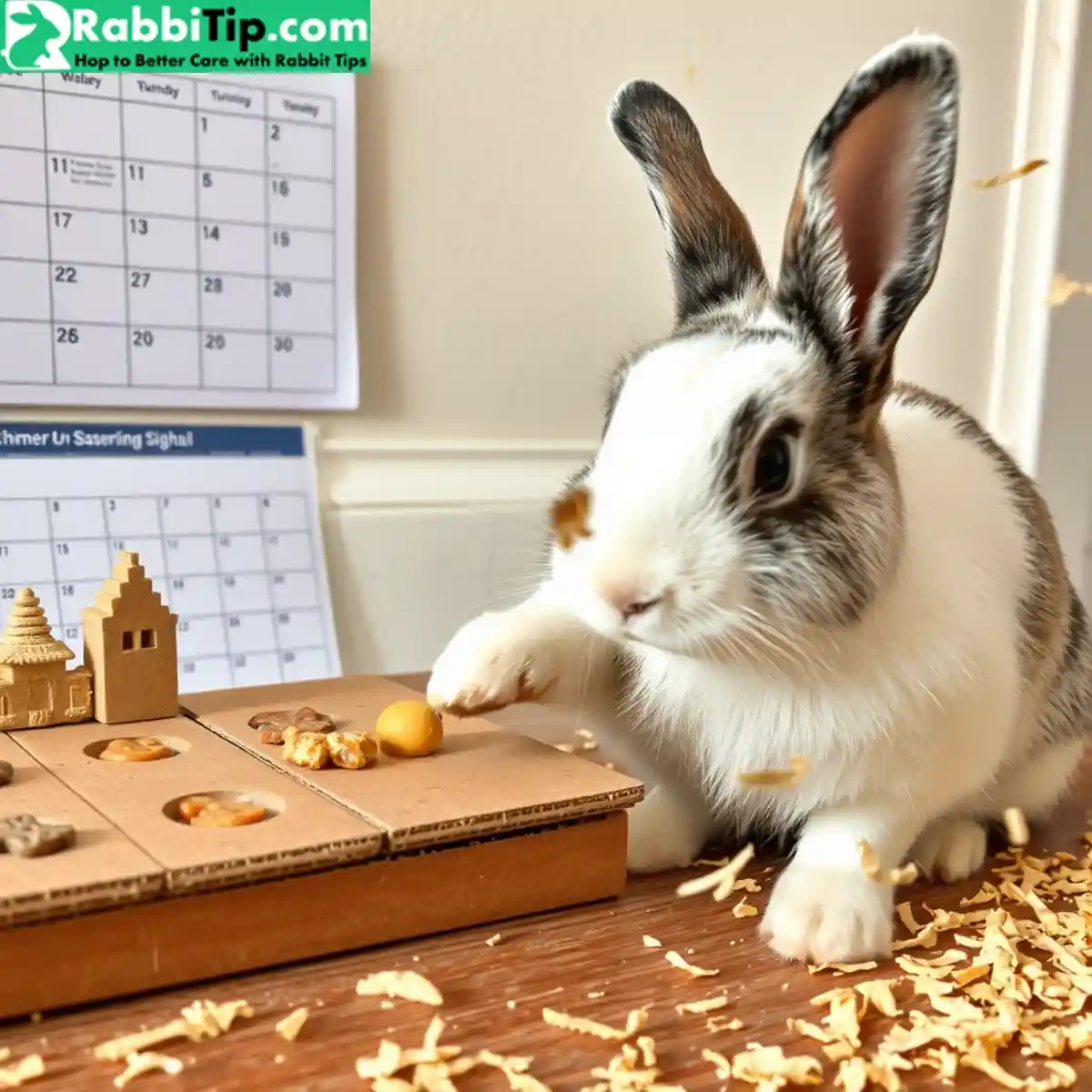
Easy Fun Ideas:
- Treat balls
- Tunnels and boxes
- Dig bins with paper
- New toys each week
- Simple training games
Smart rabbits learn their name and tricks. Keep them busy every day.
Risk of Believing
- Chronic stress
- Destructive behavior
- Depression
- Stereotypic behaviors (like bar biting or pacing)
Myth 15 – Rabbits Can Eat Only Pellets
Truth: Hay is more important than pellets.
Pellet-only diets cause fat gain, tooth issues, and stomach problems. Hay gives fiber for digestion and keeps teeth short.
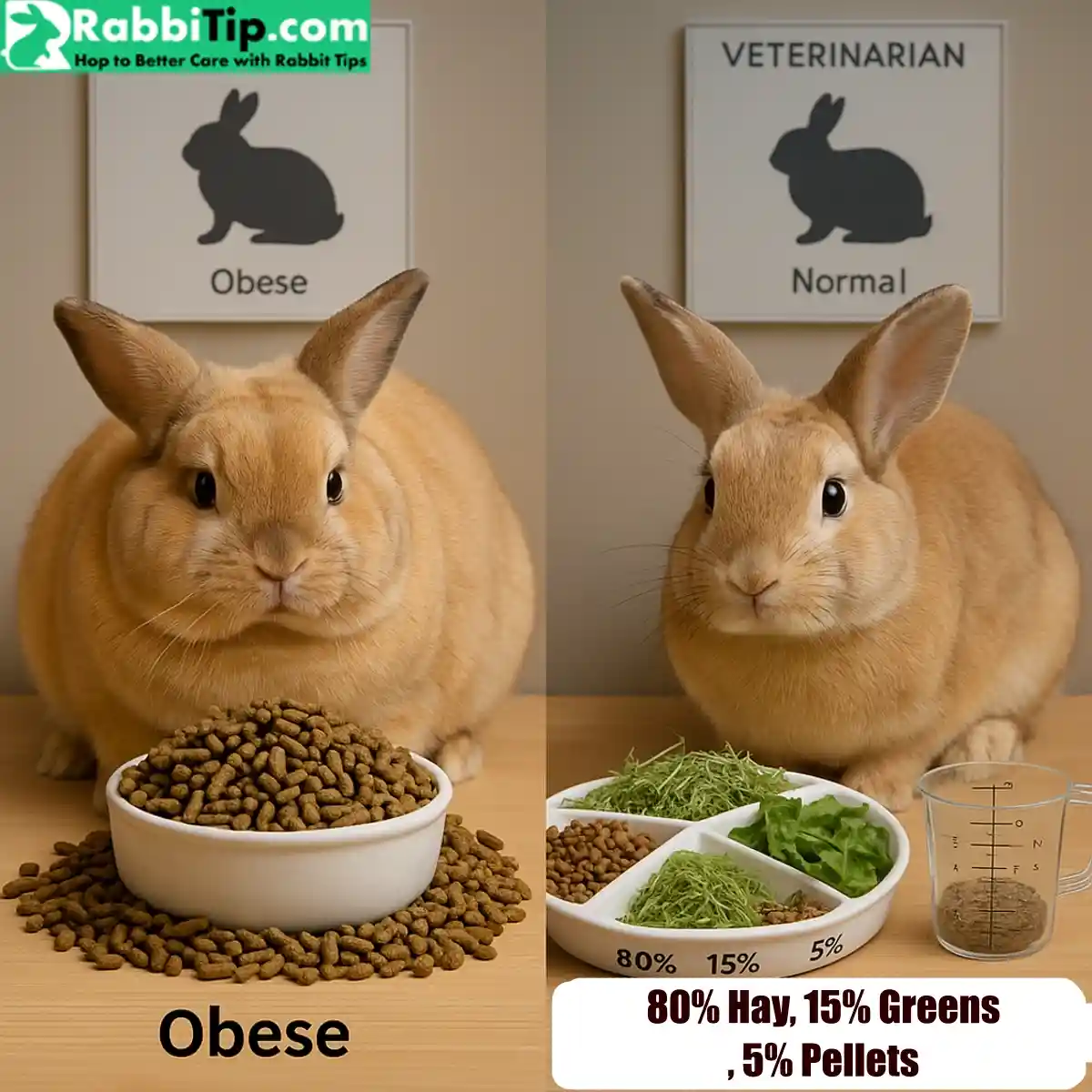
Pellet Tips:
- Choose timothy-based Hay
- No colorful bits or seeds
- Feed small amounts
- 80 Hay, 15% Greens and 5% Pellets
Use hay as the main food. Add greens and pellets in small amounts.
The rabbit diarrhea treatment guide explains digestive issues from poor diets. Proper nutrition prevents most gastrointestinal problems.
Risk of Believing
- Dental disease
- GI stasis
More Rabbit Myths Debunked
| Myth | The Truth | Risk of Believing |
|---|---|---|
| Rabbits can eat any vegetable or plant | Many common plants are toxic to rabbits | Poisoning, digestive upset |
| Rabbits don’t need toys or entertainment | Bunnies need stimulation to prevent boredom | Destructive behavior, stress |
| Rabbits only thump when scared | A rabbit’s thump can signal alertness, anger, or a warning to others. | Misunderstanding behavior |
| Litter training is impossible | Rabbits can be trained with patience and consistency | Poor hygiene, frustration |
| Rabbits are cheap pets | Initial and long-term care can be costly | Unpreparedness, neglect |
| Rabbits Need Regular Baths | Bathing a rabbit can be dangerous and is rarely necessary. Spot cleaning is safer. Learn the safe way to clean your bunny in our full guide. | Shock, stress, even death. |
| Rabbits Don’t Need Nail Trims | Regular nail trimming every 4–6 weeks keeps your rabbit safe and comfortable. How to Trim Rabbit Nails Safely — Learn vet expert tips. | Painful breaks, infections, or vet emergencies. |
Why These Myths Hurt Rabbits
Bad advice causes harm. Rabbits end up sick, sad, or in shelters. Rescue groups say most rabbits are given up in the first year.
Harm From Myths:
- Poor diets = illness
- Rough handling = injury
- No vet care = disease
- Tiny cages = stress
Myths also crowd shelters. Many rabbits are dropped off when families realize care is harder than expected.
The comprehensive rabbit care guide covers essential daily care routines. Proper rabbit housing setups ensure safe, comfortable environments. Understanding common health issues helps identify problems early.
Becoming a Smart Rabbit Owner
Learn from experts. Good info saves rabbit lives. Use vet-backed guides and join rabbit care groups.
Where to Learn:
- Rabbitip.com Blog
- Rabbit health Facebook groups
- Wikipedia
- Form expert Vet
Meet other bunny lovers. Go to rabbit events or ask local shelters for help. Keep notes on your rabbit’s health, food, and habits.
Quotes From Experts
Dr. Sarah Martinez, Vet: “Rabbits aren’t beginner pets. They need time, care, and vet visits.”
Jennifer Thompson, Rabbit Owner: “I thought carrots were enough. My bunny got sick. Hay saved her life.”
Dr. Michael Chen: “Outdoor hutches cause fear and death. Keep rabbits inside.”
Maria Rodriguez, Rescue Volunteer: “Most rabbits we get were bought by people who didn’t know the truth.”
Robert Kim, Bunny Owner: “My two bonded rabbits are much happier than when I had one alone.”
Bonus Tool – Rabbit Vet Finder
Need help fast? Use our Rabbit Emergency Vet Finder tool to locate exotic vets near you in the U.S. Find experts vet who know how to treat bunnies right.
Questions to Ask Vets:
- How many rabbits do you treat?
- Do you do rabbit surgeries?
- What after-hours care is available?
Final Words
These 15 myths cause harm. Learning the truth helps rabbits live better, longer lives.
Rabbits are loving, smart pets—but they need time, space, and care. Debunking these myths helps you give your bunny the best life possible.
Share this info with other rabbit lovers. Let’s stop bad advice and spread real care tips. Every rabbit deserves a myth-free, happy life.
Frequently Asked Questions(FAQs)
Are rabbits easy pets?
No. They need daily care, vet visits, and lots of space.
What’s the biggest mistake owners make?
Feeding too many pellets or sugary treats. Hay should be the main food.
Can rabbits be potty trained?
Yes, especially if spayed/neutered. Use paper-based litter and place hay nearby.
Do rabbits need a friend?
Yes. Bonded pairs are happier and live longer.
Can rabbits live outside in winter?
No. Cold can kill them. Indoors is safer year-round.

